According to information from Tam Anh General Hospital (HCMC), recently this hospital has received many cases of dyshidrosis on the palms and soles of the feet due to patients frequently coming into contact with detergents and chemicals without wearing protective gloves.
Dyshidrosis of the palms and soles of the feet
After retiring, Ms. QTD (56 years old, living in Ho Chi Minh City) stayed at home to take care of her grandchild and do housework. Her 9-month-old grandchild is learning to crawl and walk, so she cleans the house 2-3 times a day, regularly disinfects toys, and washes her grandchild's clothes with her bare hands.
For the past few months, Ms. D. has had blisters on the middle finger of her right hand. She has visited several hospitals and treated herself by crushing fresh Lagerstroemia leaves, boiling them with alum and applying them to the blisters, but it has not gone away. The blisters have appeared in large patches, causing severe itching. The finger is swollen and hot, twice the size of normal, constantly oozing pus and fluid, and is so painful that it cannot be flexed or extended.

A patient's hand with dyshidrosis before (left photo) and after 1 month of treatment
Mr. DQ (65 years old, in Dong Nai) has had atopic dermatitis for several decades. He had relapses of dermatitis many times, and had been treated in many places but did not use maintenance medication. Recently, he repainted the walls, mixed mortar to build a new fence around the house, and cleaned the house with strong detergents. He also has a habit of gardening barefoot and often uses a brush and laundry detergent to scrub his feet. After that, his palms and feet developed red rashes, pain, and calluses, and his skin peeled off in large patches.
What is dyshidrosis?
According to Dr. Dang Thi Ngoc Bich, Tam Anh General Hospital, dyshidrotic eczema is a form of atopic dermatitis, scientifically known as Dyshidrotic Eczema or Pompholyx. This disease is characterized by appearing only on the palms and edges of the fingers and soles of the feet. A few cases can appear on the backs of the hands and soles of the feet but never beyond the wrists and ankles. The blisters of dyshidrotic eczema are 1-2 mm in diameter, often deep in the skin, thick and hard, difficult to break, scattered or clustered.
Doctor Ngoc Bich said the most common cause of dyshidrosis is allergy, irritation to chemicals in cleaning products (dishwashing liquid, laundry detergent, soap, floor cleaner, toilet bowl cleaner); cosmetics, nail polish, hair dye - perm - bleach; or industrial chemicals such as wall paint, cement, wood paint; fertilizer, pesticides... These chemicals are abrasive, causing skin ulcers. Skin ulcers that last for a long time but are not treated properly and promptly lead to dyshidrosis.
In addition, factors such as aging, weak resistance, sensitive constitution, genetics, asthma, allergic rhinitis, food allergies, fungal infections, bacterial infections... are also favorable conditions for dyshidrotic eczema to appear.
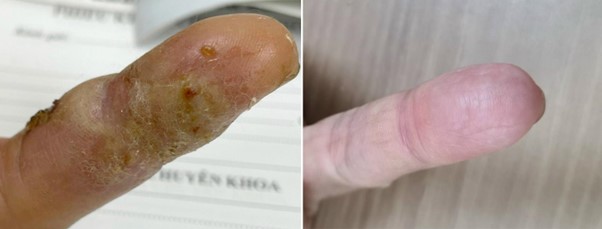
A female patient's finger gradually recovered after more than 1 month of treatment for dyshidrosis.
For treatment, the patient must take antibiotics and anti-inflammatory drugs for 1-2 weeks to control the infection. After the wound heals, the patient needs to continue applying anti-itch and moisturizing medications to restore the skin's protective barrier.
The doctor also instructed Ms. D. and Mr. Q. to change their shower gel, shampoo, and hand sanitizer to ones specifically for people with atopic dermatitis and to wear gloves to protect their hands when using cleaning chemicals when cleaning the house or gardening.
Dyshidrosis is difficult to cure and easy to relapse.
Doctor Ngoc Bich said that dyshidrosis is localized on the hands and feet - parts that have frequent contact, so skin lesions have a higher risk of secondary infection than other locations. In addition, because dyshidrosis often does not cause serious symptoms, rarely directly affects life, so it is easily overlooked.

Dr. Dang Thi Ngoc Bich examines a patient
Many people with the disease do not see a doctor but self-treat and do not avoid contact with chemicals, so the disease becomes more severe. Chemical ingredients in cosmetics, detergents, fertilizers, pesticides, etc. are both the cause of the disease and the factor that makes dyshidrosis persistent.
To prevent eczema, Dr. Ngoc Bich advises people to limit direct contact with all types of chemicals. Protective gloves, rubber gloves should be worn when working, cleaning the house, especially people with allergies, dermatitis, chemical factory workers, medical staff, industrial cleaners... With daily cosmetics, avoid those containing skin-corrosive chemicals, and prioritize those with a neutral pH for the skin.
Source: https://thanhnien.vn/mang-benh-do-tiep-xuc-voi-chat-tay-rua-bang-tay-khong-185240611122825625.htm



![[Photo] Relatives of victims of the earthquake in Myanmar were moved and grateful to the rescue team of the Vietnamese Ministry of National Defense.](https://vstatic.vietnam.vn/vietnam/resource/IMAGE/2025/4/2/aa6a37e9b59543dfb0ddc7f44162a7a7)
![[Photo] Third meeting of the Organizing Subcommittee serving the 14th National Party Congress](https://vstatic.vietnam.vn/vietnam/resource/IMAGE/2025/4/2/3f342a185e714df58aad8c0fc08e4af2)
![[Photo] Close-up of Vietnam's sniffer dog team searching for earthquake victims in Myanmar](https://vstatic.vietnam.vn/vietnam/resource/IMAGE/2025/4/1/d4949a0510ba40af93a15359b5450df2)








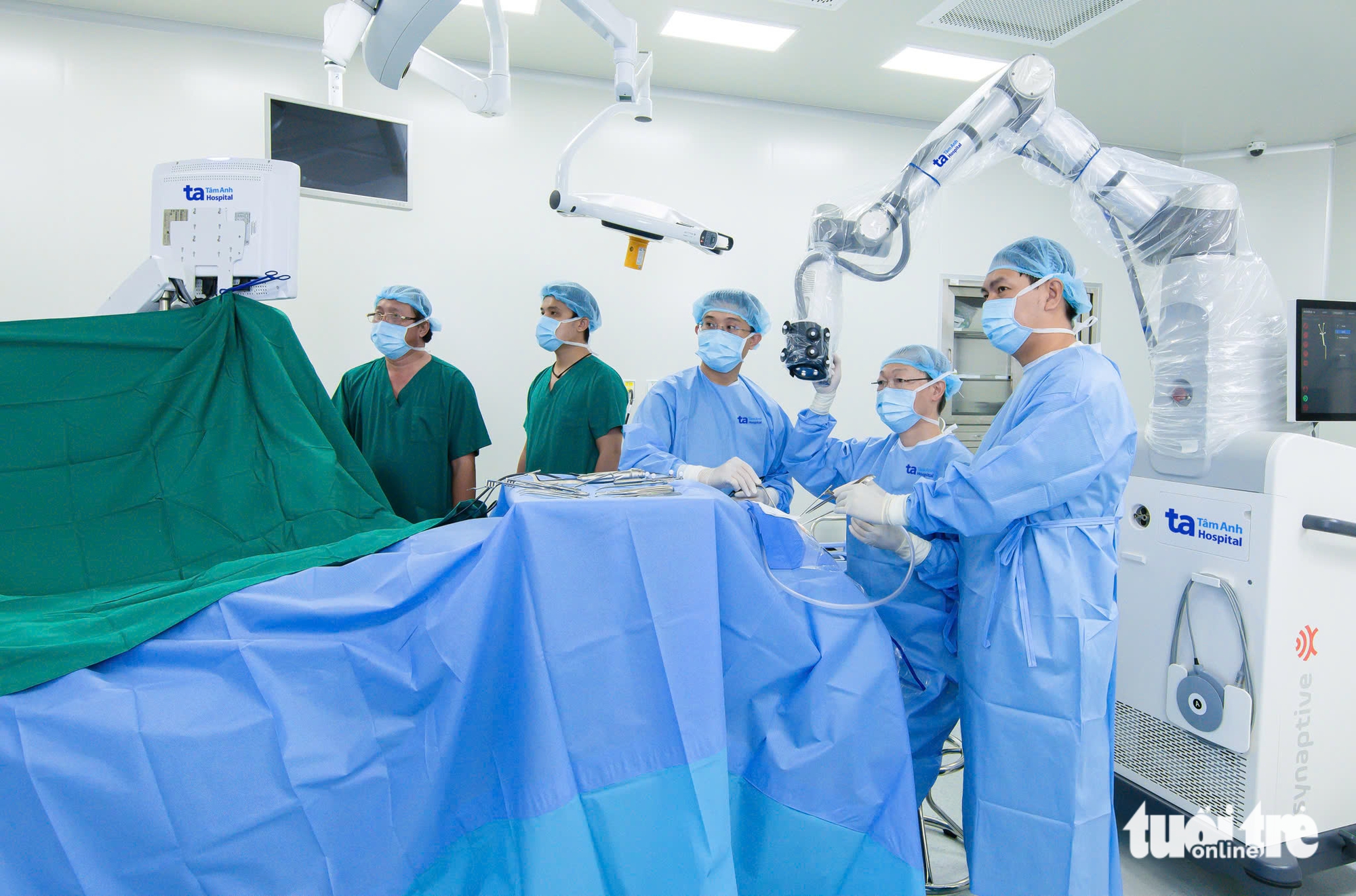

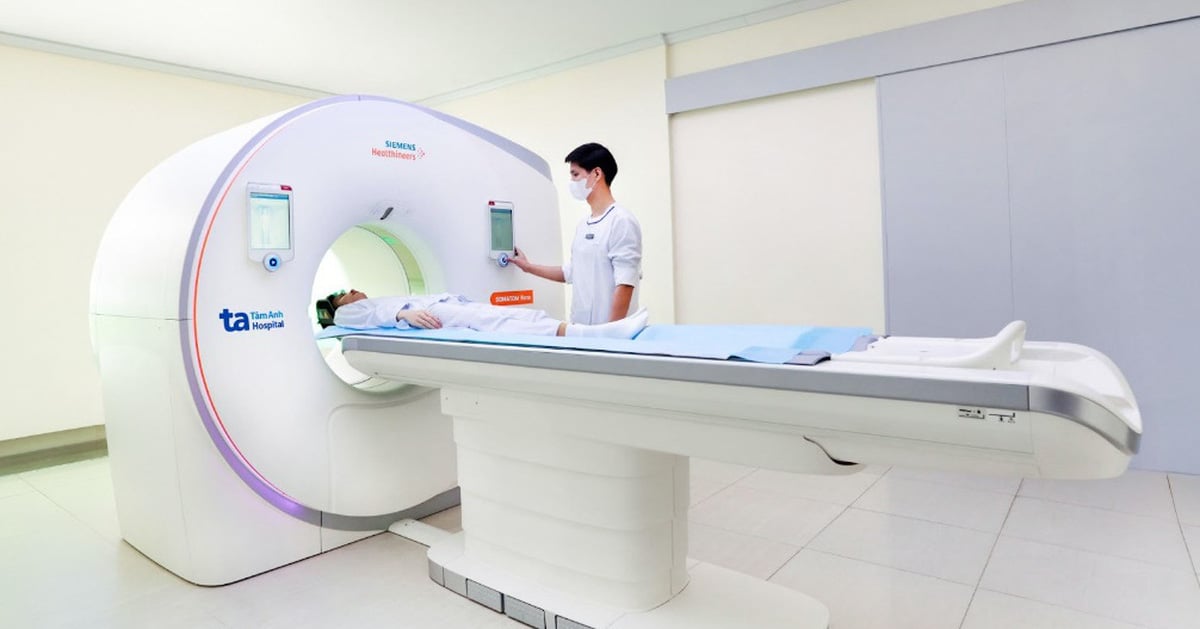
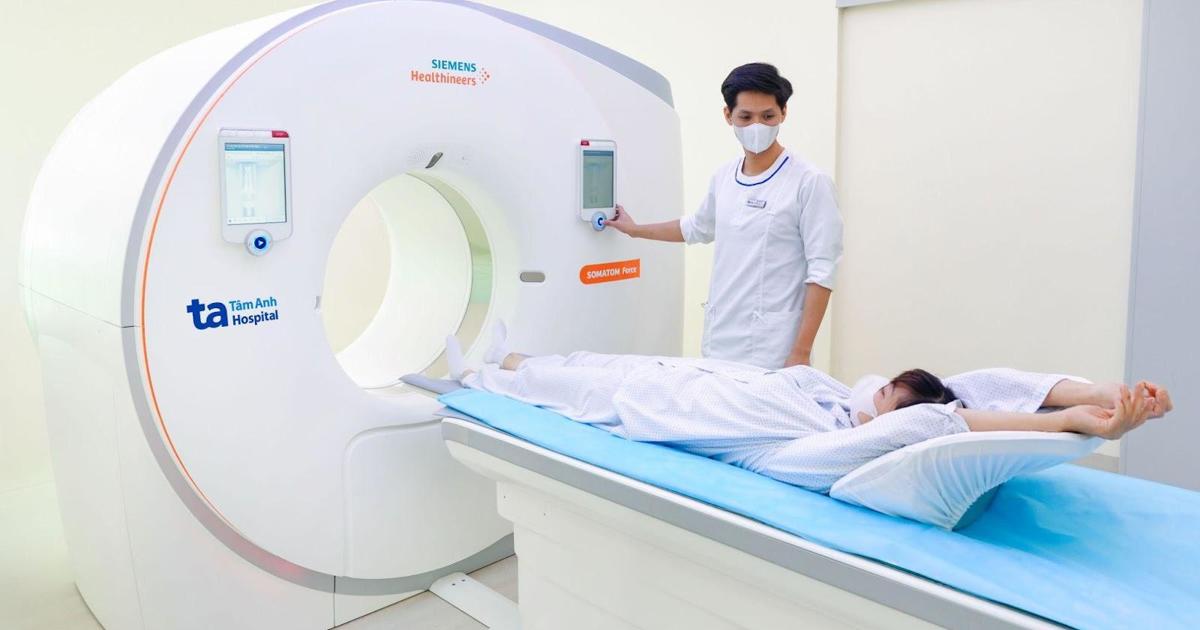


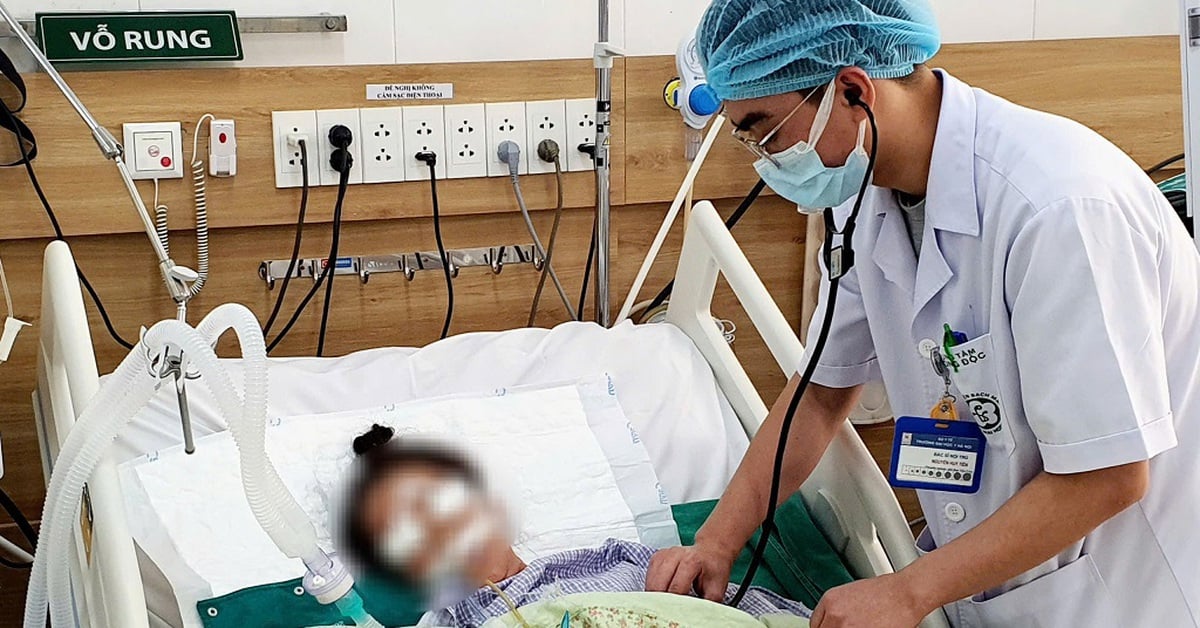
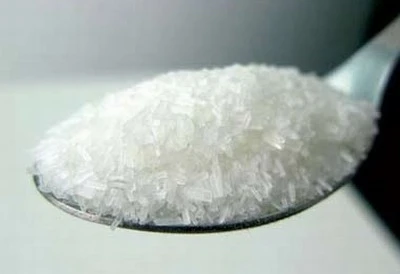
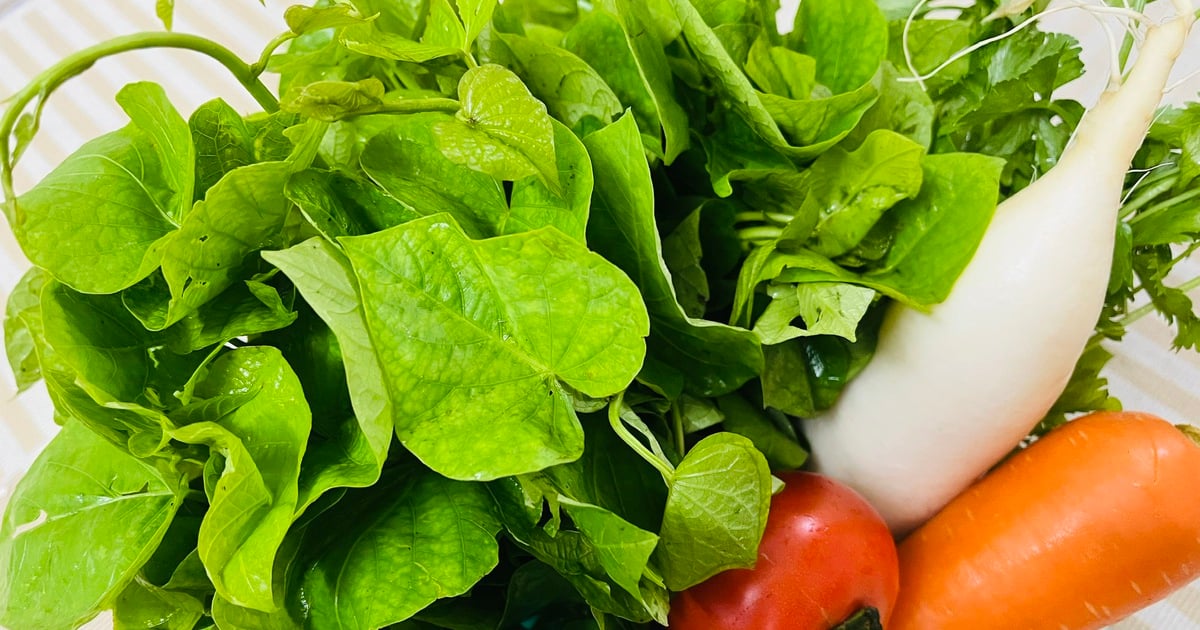
![[Video] Hanoi records 189 more measles cases in one week](https://vstatic.vietnam.vn/vietnam/resource/IMAGE/2025/4/2/7a2330ce125049c9900b0443e7e2361f)
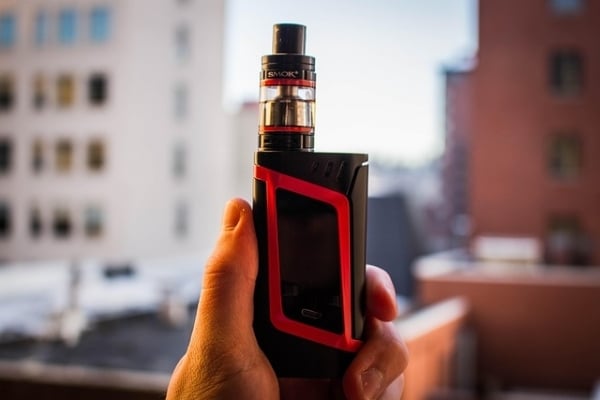









































































Comment (0)